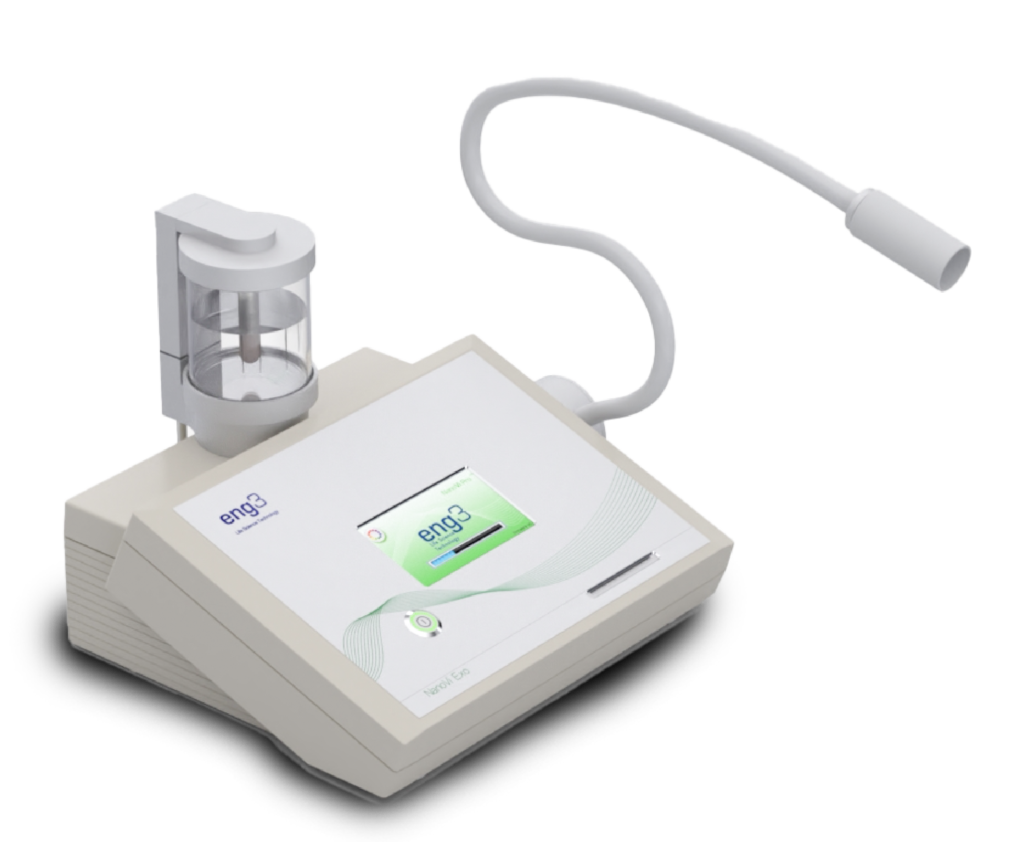Why the rising popularity of the ultramarathon?
“NanoVi is very beneficial for my recovery time. In previous years I had to back off my training because I couldn’t recover from practice to practice. This year I didn’t have the aches and pains and lactic acid buildup and wasn’t all washed out for days after the race.”
Of course, ongoing exertion takes a toll on the body. Since there tends to be more walking in a 100+ mile ultramarathon than in a marathon, athletes have a chance to regain strength. This can make the ultramarathon more body-friendly than a marathon or xterra where athletes maintain high intensity throughout the whole race. The body has a lot of repair work to do after any exhaustive activity so endurance athletes, like Andrei Rosu and the J2 Racing team, have turned to NanoVi to accelerate recovery. Bouncing back after overstressing the body is key to performance, health, and healthy aging of endurance athletes.
“Ten Ironman in ten days meant that at the end of every Ironman, I had to do my best for the next day and the start of the next, to be 100% fit. The best proof that NanoVi works is that in the last 3 days (ie after a week of Ironman) I had the best results in the Ironman distance. I have finished all 10 races so far and I think the secret of success lies in reaching the start at 100% of physical and mental fitness. And NanoVi is an excellent tool for this!” -Andrei Rosu
Many ultramarathoners believe that the rise in popularity of the ultramarathon is happening because so many people have now completed marathons. Marathons are coming to be seen as something that is achievable by anyone, basically everyone knows someone who has run a marathon. Ultramarathons are the next step up, and now occupy the same place that marathons once occupied in people’s minds. Another factor in their rising popularity is social media, people see posts from friends who have done an ultramarathon and decide that they want to do one too. This increased exposure draws many people who might otherwise believe that an ultramarathon is beyond their ability.
These athletes push themselves both mentally and physically – and there is a growing number of them. According to ultramarathon enthusiasts, the number of ultramarathon races has risen by 1,000% over the past 10 years. The number of finishers also reflects the swiftly growing popularity for the sport, with 18,000 ultramarathon finishers in North America in 2003 growing to 105,000 in 2017. This adds up to a lot of oxidative stress damage and unprecedented need for recovery.
“With greater exposure to these sorts of events, people see that not all of the finishers are whippet-like men who climb like mountain goats. Our finishers come in all shapes, sizes and ages.” – Paul Albion, organizer of Big Bear ultra events
In addition to their grueling length, these ultramarathons often take place in extremely difficult conditions, such as the 6633 Artic Ultra covering 350 cold and windy miles, some of them north of the Arctic Circle, the Marathon des Sables, a 156-mile race through the Sahara desert, or the 135 mile Badwater Ultramarathon through Death Valley. For some, the draw of the race is not the race itself, but the location and sense of adventure.
“As a runner the race held little appeal, but as a life experience, an adventure, it was exciting: to cross a vast stretch of barely charted land with only myself and a backpack of energy bars to keep me going, was a thrilling prospect.”
– Adharanand Finn
Aside from endurance sports, many athletes are utilizing the NanoVi™ to boost their training and get an edge over the competition. Our athletes page has a lot of great information about who else uses the device and how it helps in all different types of sports.

NanoVi user Andrei Rosu in the 6633 Arctic Ultra – one of the toughest extreme ultra marathons

The Badwater Ultramarathon, a 135 mile race through California’s Death Valley

The Marathon des Sable in the Sahara Desert




